As artists, we often find ourselves at the mercy of our muses, seeking that elusive spark that ignites our creativity and sets our imaginations on fire. But what happens when the well of inspiration seems to run dry? How do we navigate the vast landscape of our inner creativity to uncover new ideas and perspectives that propel our art forward? How do we find inspiration for making art?
To find inspiration for making art, engage in self-reflection, explore the world around you, connect with other creatives, experiment with new techniques, establish creative habits, and view challenges as opportunities for growth. Embrace curiosity and openness in your journey, seeing potential and inspiration in every experience.
In this journey, I’ll share with you the pathways I’ve discovered and the strategies I’ve adopted to keep the creative fires burning—offering insights and practical advice to help you find your own sources of inspiration.
A Call to Creative Exploration
Before we embark on this exploration, let’s make a pact—to approach our creative process with curiosity, openness, and a willingness to experiment.
Remember, every artist’s journey is unique, and what works for one may not work for another. That said, I invite you to join me in this exploration, to discover not just how to find inspiration but how to nurture and sustain it.
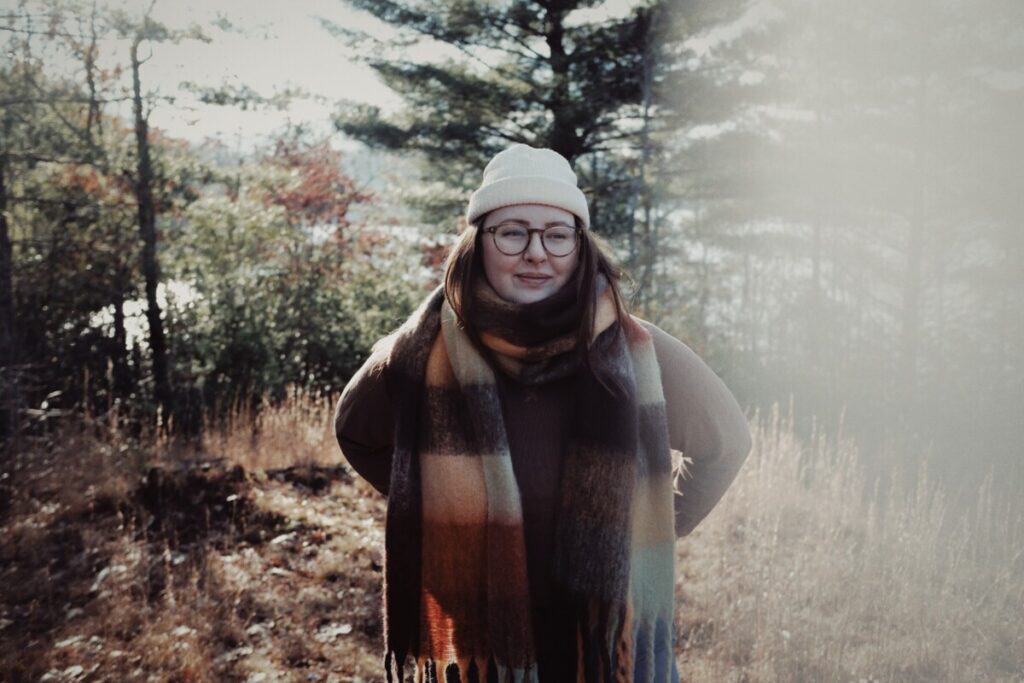
Understanding Your Creative Self
Embarking on a journey of artistic discovery starts with an inward gaze. Recognizing your personal rhythms and understanding what fuels your creativity is foundational to the process. This self-awareness is akin to mapping the contours of your inner landscape, where the seeds of inspiration are sown. Consider the following as you embark on this exploration:
What times of day am I most creative?
Some find the quiet of dawn, when the world is still asleep, to be a wellspring of creativity, while others find their stride in the stillness of night. Identifying the times when your mind is most open and receptive can help you schedule your creative work more effectively.
What environments stimulate my senses and provoke thought?
Environments rich in stimuli—whether the serene ambiance of a park, the bustling energy of a city, or the organized chaos of your workshop—can significantly impact your creative output. Understanding the settings that feed your imagination allows you to seek them out or recreate aspects of them in your own workspace.
Which emotions drive me to create?
Art is often an emotional response to our inner and outer worlds. Identifying the emotions that compel you to express yourself can unlock new avenues of exploration in your work. Is it joy, sadness, anger, or love that fuels your creativity? Embracing these emotions as catalysts can enrich your artistic process.
Boldly confronting these questions isn’t just about finding answers—it’s about continually asking, exploring, and adapting as you grow as an artist. This ongoing dialogue with yourself is crucial for harnessing and directing your creative energies.

The World Around Us: An Endless Source of Inspiration
Our environment is a treasure trove of inspiration waiting to be discovered. The sights, sounds, and experiences that fill our world are endless sources of creativity if only we take the time to notice and absorb them. Here’s how you can tap into the world around you to fuel your artistic journey:
Take a walk in nature and observe the intricate details of the landscape.
The natural world is a masterclass in design, color, and texture. The way light filters through leaves, the patterns of bark on a tree, or the symmetry of a flower can all spark creative ideas. Bring a notebook or sketchpad to capture your observations and reflections.
Visit art galleries and museums to see the world through the eyes of other artists.
Immersing yourself in the work of others can be incredibly inspiring. Notice the themes, techniques, and materials that resonate with you. Reflect on why certain pieces evoke a response and how you might incorporate those insights into your own work.
Engage with a variety of music, literature, and films to broaden your perspectives.
Artistic inspiration doesn’t only come from visual art. The narratives in books and films, the melodies and lyrics in music—these can all evoke images, emotions, and ideas that translate into your creative work. Allow these different forms of art to cross-pollinate your creativity, leading to unexpected and original outcomes.
Embrace every experience as a potential seed for creativity. The world is rich with inspiration, offering an infinite palette for your artistic expression. Staying open and curious is the key to unlocking the vast potential that lies within and around us.
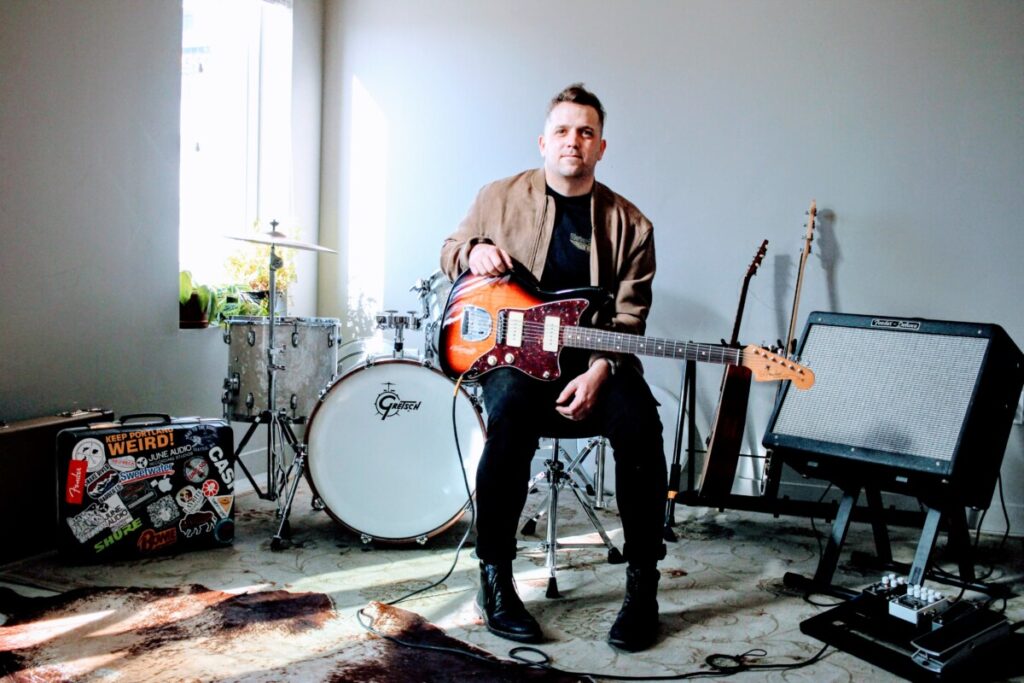
Connecting with Others
The journey of an artist is deeply personal, yet it blossoms through interaction. The fabric of our creativity is woven from the threads of connection we share with fellow creators. Engaging with a community of artists and creatives serves as a catalyst for inspiration, driving our art in directions we might never have ventured on our own. Here’s how to weave these connections into your creative practice:
Join local art groups or collectives.
These spaces offer a sense of belonging and an environment ripe for the exchange of ideas. Whether it’s through regular meetings, collaborative projects, or crit sessions, being part of a community fosters a sense of support and shared purpose.
Participate in workshops and classes.
Beyond learning new skills, workshops provide an opportunity to see how others approach their creative process. This can be incredibly enlightening, offering new perspectives on your own work and practices.
Engage with online communities.
Digital platforms offer a vast network of artists and creatives from around the globe. Join forums, social media groups, or online galleries. Sharing your work and receiving feedback can open your eyes to new possibilities and interpretations.
The exchange of ideas and feedback is the lifeblood of creative growth. It challenges our assumptions, introduces us to new concepts, and deepens our understanding of our own work. By connecting with others, we not only find inspiration but also contribute to the flourishing of the artistic community at large.
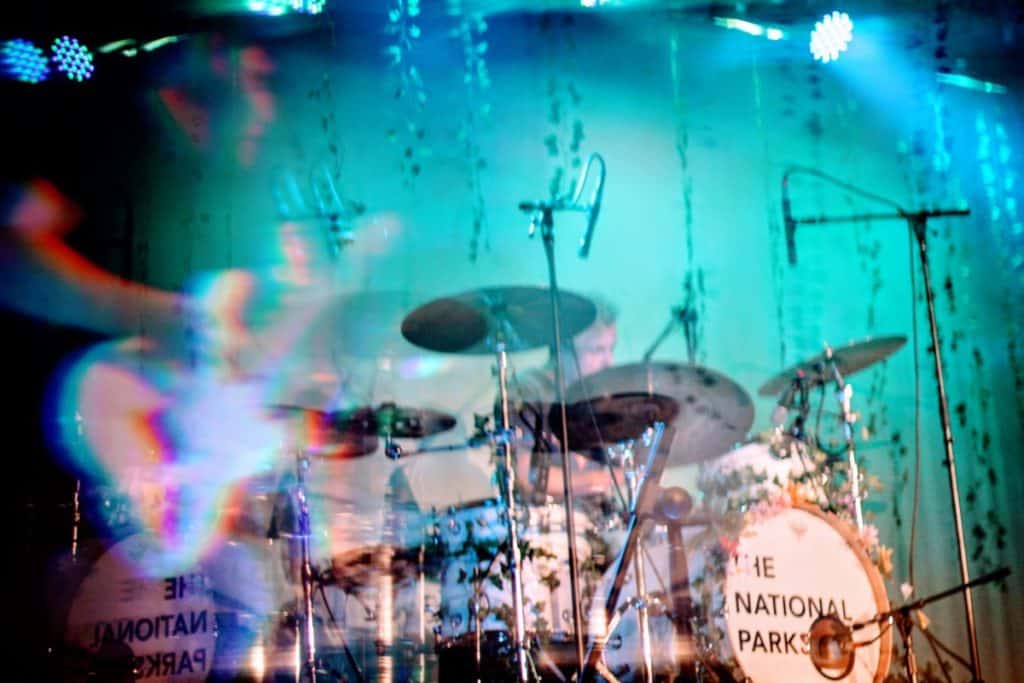
Experimentation and Play
In the pursuit of artistic inspiration, sometimes the best path forward is to simply play—without expectation, without specific goals, and without fear of failure. This spirit of exploration and experimentation is where creativity thrives, leading to breakthroughs and innovations. Here’s how to incorporate play into your creative process:
Try a new medium or tool you’re unfamiliar with.
Breaking away from your usual tools and materials can be liberating. It forces you to think differently, to approach creation with fresh eyes. Whether it’s digital art after years of traditional painting, or sculpting with found objects, each new medium expands your creative vocabulary.
One of my all-time favorite musicians, Thom Yorke, encapsulates this ethos perfectly in an interview with Crack Magazine:
“You have to come to something with a beginner’s mind. Once you’ve learned to use a drum machine, or learned to write in a particular way, the temptation is to go back there, because you know it works. But the point is, if you’ve discovered it works, it no longer works.”
Thom Yorke
Set yourself a creative challenge or prompt.
Sometimes, a little structure can free your imagination. Participate in daily or weekly challenges, use creative prompts to start a project, or set limitations (like a limited color palette or theme) to push your creativity.
Collaborate on a project with someone whose work you admire.
Collaboration merges different perspectives, styles, and ideas into something new and unexpected. Working with others can reveal new techniques, narratives, and ways of seeing that enrich your own creative practice.
Stop trying to be perfect—start trying to fail.
Willem Dafoe, another creative hero of mine, said in an interview with Sam Jones:
“I always like this idea of trying to fail…Try to make a bad painting. Try to act badly. Try to be lousy in that scene. It’s interesting… You’ve got to find ways to not worry, and be free.”
Willem Dafoe
He’s intentionally advocating for the liberation found in deliberately seeking failure in art. This mindset shift encourages artists to break free from the constraints of perfection, allowing for a more explorative and innovative creative process. By embracing the flaws and welcoming the unexpected, artists can uncover new paths and insights, leading to groundbreaking work that transcends traditional boundaries.
Allowing yourself the freedom to explore leads to discovery and growth. It’s in the process of play that we often stumble upon our most profound and inspiring work. By embracing experimentation, you not only expand your skills but also open up endless possibilities for creative expression.
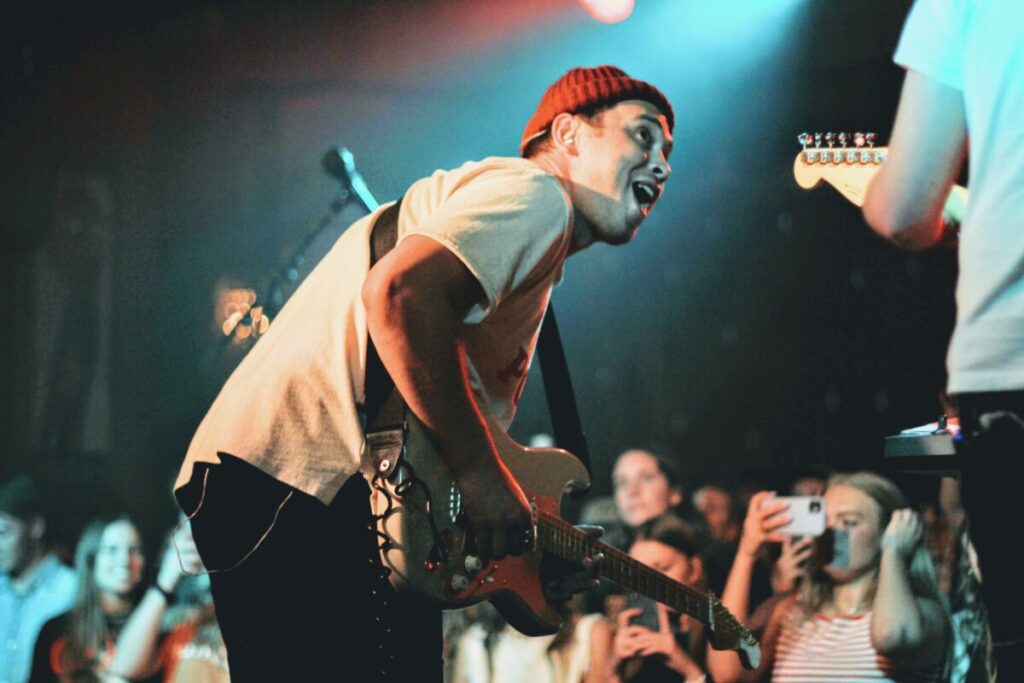
Creating a Habit of Inspiration
Inspiration, while sometimes elusive, can become a more consistent presence in our lives with the right habits and routines. Establishing practices that foster creativity ensures that when inspiration strikes, we’re ready to capture it. Here are some strategies to weave inspiration into the fabric of your daily life:
Keep a sketchbook or journal for ideas and reflections.
This simple practice can be profoundly effective. It serves as a physical space to store your thoughts, doodles, and musings—anything that sparks interest. Over time, this journal becomes a treasure trove of ideas that you can revisit. It’s also a practice in mindfulness, encouraging you to be present and aware of your creative impulses.
Set aside regular time for creative pursuits, even if it’s just brainstorming.
Consistency is key in nurturing your creativity. Dedicate specific times of your week to engage in creative activities. This doesn’t always mean producing finished works—it can be as simple as brainstorming, playing with concepts, or experimenting with new techniques. The goal is to create a routine that opens up space for creative thought.
Practice mindfulness or meditation to clear your mind and invite inspiration.
A clear mind is a receptive mind. Techniques such as mindfulness and meditation can help reduce the noise and clutter of everyday life, making it easier for inspiration to come through. Even a few minutes a day can make a significant difference in your mental clarity and creative focus.
Building these habits creates a foundation upon which inspiration can flourish. By integrating these practices into your life, you’re not just waiting for inspiration to strike—you’re actively cultivating it.
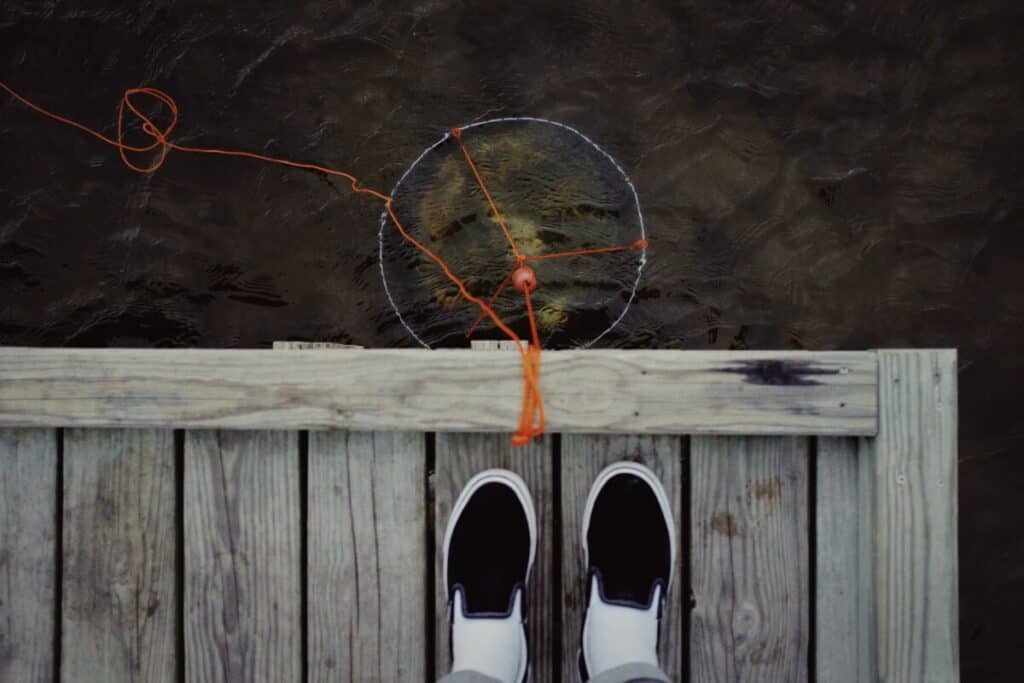
Finding Inspiration in the Challenge
The path of an artist is strewn with challenges, each one an opportunity to push beyond our limits and grow. Rather than viewing obstacles as roadblocks, we can see them as catalysts for evolution, pushing us to explore new territories in our art and ourselves. Here’s how to transform challenges into sources of inspiration:
Reflect on recent challenges you’ve turned into opportunities for growth.
Take a moment to consider the obstacles you’ve faced in your creative journey. How did overcoming these challenges change your approach to art? Often, it’s through these difficulties that we find new directions and depths in our work. Reflecting on these experiences can remind us of our resilience and capacity for growth.
Reframe obstacles as stepping stones to greater creativity.
Every challenge is a lesson in disguise. When you encounter a creative block or a project that doesn’t go as planned, ask yourself, “What can I learn from this?” This mindset shift can open up new avenues of exploration and experimentation, leading to breakthroughs that might not have been possible otherwise.
Challenges, when approached with curiosity and openness, become opportunities to deepen our practice and expand our creative horizons. They push us to question, experiment, and discover, ensuring our art continues to evolve. By embracing the difficulties we encounter, we pave the way for greater creativity and personal growth.

Nurturing Creativity: A Lifelong Exploration
The pursuit of inspiration is an endless journey, evolving as we do, both as artists and as individuals. It’s about more than just chasing fleeting moments of inspiration—it’s about cultivating a mindset that finds potential and opportunity in every experience. This approach turns our entire lives into a canvas, rich with possibilities for creativity.
As we navigate this journey, the strategies and reflections shared here are designed to be your companions, guiding you toward a deeper understanding of nurturing and sustaining your creative energy. Remember, inspiration doesn’t merely happen to us—it’s a force we actively engage with, nurture, and integrate into our daily lives.
Let’s embrace this exploration with open hearts and minds, ready to seek out new experiences, learn from our challenges, and grow in our art and our lives. By committing to this ongoing journey of discovery, we ensure that our creative well never runs dry and our passion for art continues to thrive. Here’s to being perpetual explorers in the vast landscape of creativity, where every step forward is a step into new realms of possibility.
Related Questions
How do I overcome a creative block?
Overcoming creative block often involves stepping away from your work to refresh your perspective, experimenting with new ideas or mediums, and seeking inspiration from the world around you. Remember, every challenge is an opportunity for growth.
Can collaboration really help in finding inspiration?
Absolutely. Collaboration can introduce new ideas, perspectives, and techniques that you might not have considered on your own. It’s a powerful way to expand your creative horizons and find inspiration in the process of co-creation.
How important is routine in the creative process?
While creativity often thrives on spontaneity, establishing a routine can provide the structure needed to nurture and sustain inspiration. It ensures that you dedicate time to your art, making creativity a consistent part of your life.
What role does failure play in the creative process?
Failure is an integral part of the creative process. It teaches resilience, encourages experimentation, and often leads to unexpected discoveries. Embrace failure as a step on the path to artistic growth and innovation.
Written and photographed by Jordan Henrie.
